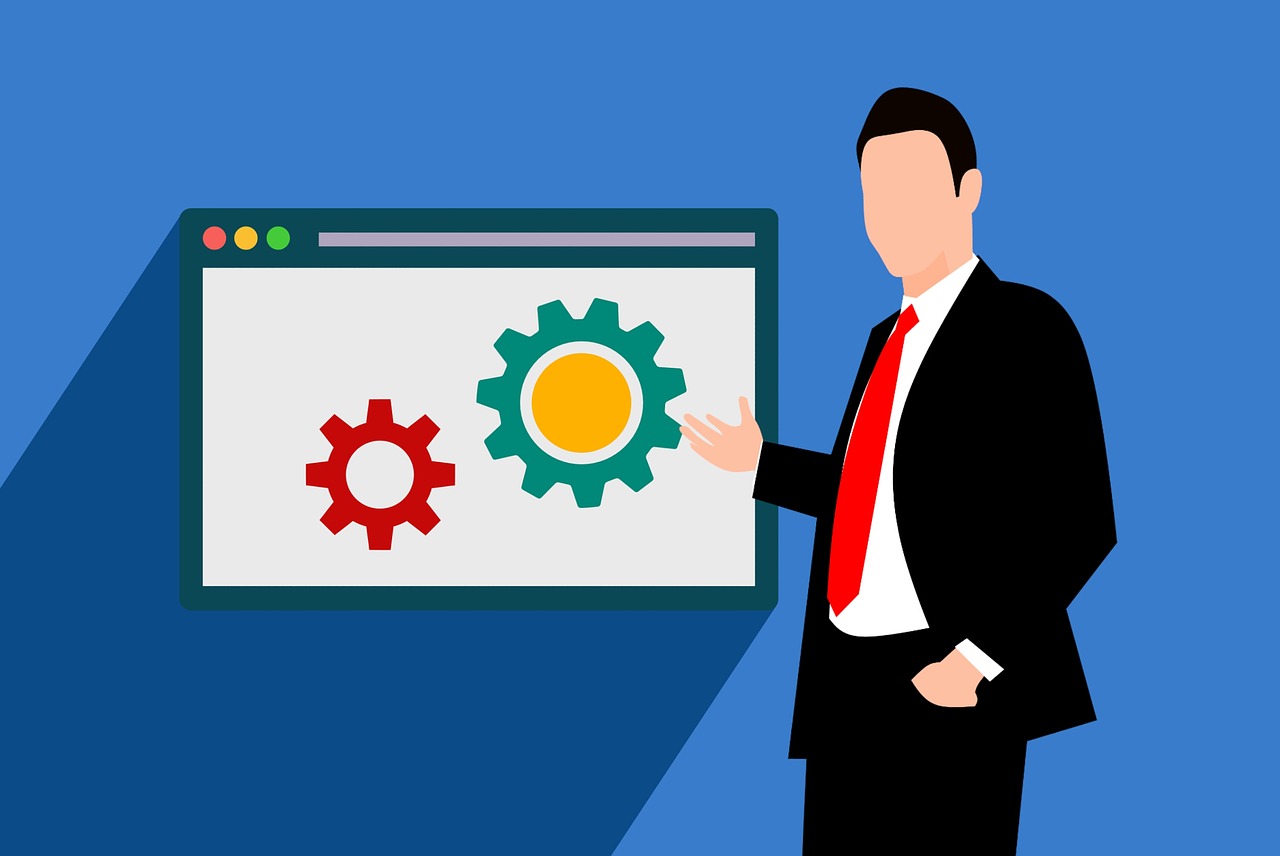What is an Enterprise Performance Management (EPM)?
Enterprise performance management is a field of business performance management which considers the visibility of operations in a closed-loop model across all facets of the enterprise. Specific to financial activities in the office of the chief financial officer, EPM also supports financial planning and analysis. Two main branches of EPM are: business intelligence and enterprise performance management. What are the differences?
Business Intelligence (BI) focuses on individual information systems. Information is collected from multiple independent systems and is stored and managed centrally. BI simplifies the extraction and management of information from different information silos, which guarantees the availability of data throughout the organization. BI constitutes an important part of EPM because EPM also requires unified and consistent information.
Business Intelligence is a subject of data mining and management of data for statistical analysis. In particular, BI allows the user to analyze incoming data and report on them appropriately. This way, business processes are optimized and functions autotuned. Business intelligence can be used in the following three applications:
- Business analytics (BA)
- Digital analytics (DA)
- Data warehousing (DW).
Business analytics considers processes in organic whole and, based on metrics, indicates areas of optimization. Data analytics are needed to survey the user base and design databases according to their needs. Data warehousing holds business data and data from digital analytics and business analytics in a central, manageable location.
What is Enterprise Resource Planning (ERP)?
The purpose of enterprise resource planning is to establish a central database. On this database, all processes within the enterprise work together. In contrast to business intelligence, the focus is not on the individual systems, but on the enterprise as a whole. In short, ERP is used to develop and operate internal information systems for the enterprise. This applies especially to areas such as financial accounting, the controlled and efficient processing of orders, inventory management, human resources and task management.
Where are ERP and Business Intelligence used together?
Business intelligence acts as a component of enterprise performance management, whose optimization indicators are based (although with improved knowledge of the enterprise) on individual processes within the enterprise. With ERP, on the other hand, the enterprise is aggregated into an overall position.
EPM vs ERP
Although there are no precise definitions of what EPM and ERP mean, the mostly agreed-upon categories of systems are:
- Operational Business Intelligence (hot)
- Centralized Business Intelligence (cold)
- Operational ERP.
Both operate at different levels of the organization and use different types of information. What is the difference?
Operational ERP
Operational ERP provides the necessary functions for the enterprise to plan, implement and execute resources and to control them in a timely manner. In ERP, the scope of a process must not end, and a certain data set is needed to plan and execute processes, which is not always the case in BI. If data is required for operational ERP, it must also be counted.
For example, an ERP system, which should also have the data for planning, has limited processing capabilities when it comes to real-time data and does not use advanced visualization techniques.
The disadvantages of ERP are:
Firstly, the use of a heavy, multi-user system which is practically only used for updates. Secondly, the complexity of data processes in a system which was not designed for this purpose. Third, the system can be quite expensive.
Centralized Business Intelligence (EPM / business intelligence)
Centralized Business Intelligence (EPM/BI) provides real-time information about the enterprise consistency and in-depth insight into the operations of the enterprise. Customer and business process intelligence can be compiled in a single system, and the end-to-end processing of information can be demonstrated at any time. With centralized business intelligence, the entire production process can be controlled in a single system. This central system provides the necessary data for the planning and execution of processes.
Centralized business intelligence also has many advantages:
Firstly, a centralized system with integrated often hierarchically organized and strongly processed (in contrast to single-user systems). Secondly, the system use can be shared amongst multiple users at the enterprise level. Third, system updates are possible and configurable.
The weaknesses of centralized business intelligence are:
Firstly, a central system requires a strong planning of processes in order to function well. Secondly, a central system can be expensive due to the integration and system selection / implementation. Third, maintenance must be planned, which is also associated with costs.
EPM / Business Intelligence vs Operational ERP
The comparison of EPM/BI and operational ERP shows that both have their own strengths and weaknesses.
EPM/Business Intelligence has the advantage of providing real-time information about the enterprise consistency, while operational ERP has the advantage of providing functionalities for the planning, implementation and execution of processes.
EPM / Business Intelligence has the advantage of using a system for different purposes, while operational ERP has the advantage of using a system for multiple purposes.
EPM / Business Intelligence has the advantage of being able to draw a profit from defined processes, while operational ERP has the advantage that it is possible to avoid producing the wrong product.
EPM / Business Intelligence has the advantage of providing access to ready-made processes, while operational ERP has the advantage of greater flexibility.
EPM vs ERP – Conclusion
The best solution for your company is ultimately dependent on your specific requirements and resources. However, EPM / business intelligence is usually more cost-effective, more efficient and has lower investment costs. The biggest advantage of operational ERP is its integration, but it also has the highest price.
One way to decide between EPM and ERP is to first read your entire existing ERP and then to read your entire existing BI presentation. Without making any change to the existing ERP, show whether you need more or less information, if the ERP could also be more flexible in visualization, and how much you could reduce the operational ERP to a centralized business intelligence platform.











